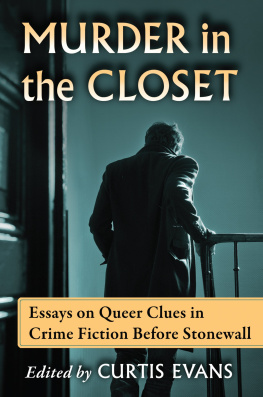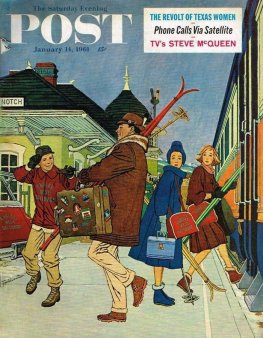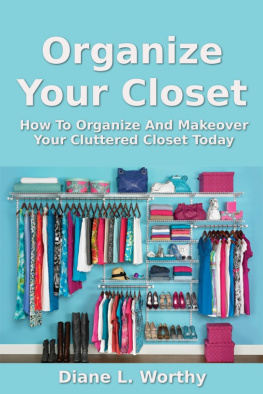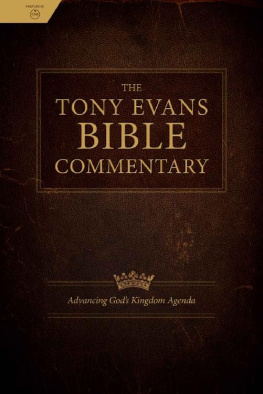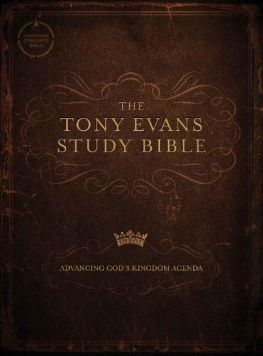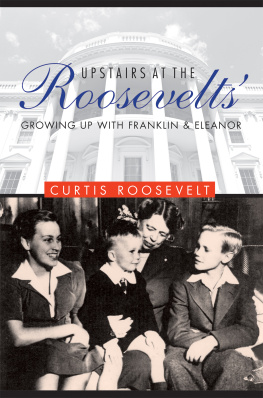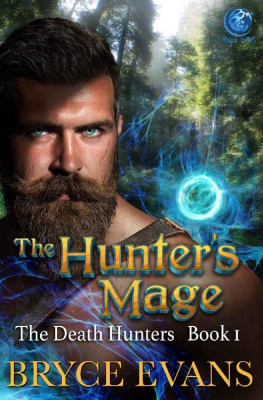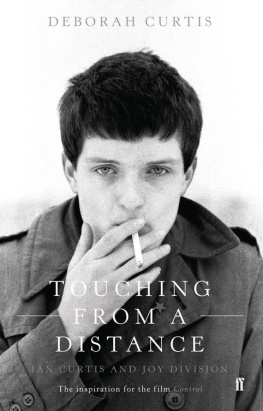Curtis Evans - Murder in the Closet
Here you can read online Curtis Evans - Murder in the Closet full text of the book (entire story) in english for free. Download pdf and epub, get meaning, cover and reviews about this ebook. year: 2016, publisher: McFarland, genre: Detective and thriller. Description of the work, (preface) as well as reviews are available. Best literature library LitArk.com created for fans of good reading and offers a wide selection of genres:
Romance novel
Science fiction
Adventure
Detective
Science
History
Home and family
Prose
Art
Politics
Computer
Non-fiction
Religion
Business
Children
Humor
Choose a favorite category and find really read worthwhile books. Enjoy immersion in the world of imagination, feel the emotions of the characters or learn something new for yourself, make an fascinating discovery.
- Book:Murder in the Closet
- Author:
- Publisher:McFarland
- Genre:
- Year:2016
- Rating:4 / 5
- Favourites:Add to favourites
- Your mark:
- 80
- 1
- 2
- 3
- 4
- 5
Murder in the Closet: summary, description and annotation
We offer to read an annotation, description, summary or preface (depends on what the author of the book "Murder in the Closet" wrote himself). If you haven't found the necessary information about the book — write in the comments, we will try to find it.
Murder in the Closet — read online for free the complete book (whole text) full work
Below is the text of the book, divided by pages. System saving the place of the last page read, allows you to conveniently read the book "Murder in the Closet" online for free, without having to search again every time where you left off. Put a bookmark, and you can go to the page where you finished reading at any time.
Font size:
Interval:
Bookmark:


McFarland & Company, Inc., Publishers
Jefferson, North Carolina
ALSO OF INTEREST
Mysteries Unlocked: Essays in Honor of Douglas G. Greene,
edited by Curtis Evans (McFarland, 2014)
Masters of the Humdrum Mystery: Cecil John Charles Street, Freeman Wills Crofts, Alfred Walter Stewart and the British Detective Novel, 19201961,
Curtis Evans (McFarland, 2012)
Lucy Sussexs essay originally appeared in different form in
Blockbuster! Fergus Hume and the Mystery of a Hansom Cab.
Melbourne: Text, 2015.
Rick Cyperts essay originally appeared in different form in Americas Agatha Christie:
Mignon Good Eberhart, Her Life and Works.
Selinsgrove, PA: Susquehanna University Press, 2005.
e-ISBN: 978-1-4766-2633-8
LIBRARY OF CONGRESS CATALOGUING DATA ARE AVAILABLE
BRITISH LIBRARY CATALOGUING DATA ARE AVAILABLE
2017 Curtis Evans. All rights reserved
No part of this book may be reproduced or transmitted in any form or by any means, electronic or mechanical, including photocopying or recording, or by any information storage and retrieval system, without permission in writing from the publisher.
Front cover photograph by Ivan Bastien
McFarland & Company, Inc., Publishers
Box 611, Jefferson, North Carolina 28640
www.mcfarlandpub.com
The morality of the average mystery fan is apparently pretty straight-laced.Marie F. Rodell, Mystery Fiction: Theory and Technique (1943)
In Murder in the Closet: Essays on Queer Clues in Crime Fiction Before Stonewall, seventeen contributors in twenty-three essays explore queer aspects of crime fiction published between the late Victorian era and the height of the Swinging Sixties, beginning with the works of the prolific author Fergus Hume, whose first detective novel, The Mystery of a Hansom Cab, became a worldwide bestseller upon its publication in Australia in 1886, and ending with early mysteries by American writers Joseph Hansen and George Baxt, works whose telltale titles like Known Homosexual (1968) and A Queer Kind of Death (1966) indicate that by the mid-to-late Sixties the closet door was hanging precariously on its hinges. Much of the attention in studies of queer crime fiction has focused on works published after the 1969 Stonewall riots (the street demonstrations sparked by an early morning hours police raid on the Stonewall Inn, a gay bar in Manhattans Greenwich Village neighborhood), an event that has long been recognized as an epochal turning point in the fight for LGBTQ rights. In the years since Stonewall queer crime fiction has burgeoned, to be sure, while openly queer characters have become commonplace in all manner of mysteries, from the quaintest of cozies to the grittiest of noirs; yet there often was something queer as well about crime fiction published before Stonewall, and the work from this earlier period, despite the appearance of some fine genre studies on the subject, particularly those concerning queer pulps (see below), remains insufficiently explored.
In making this contention, I am not attempting to diminish advances that took place in crime fiction published after the historic stand made at Stonewall. Tellingly, Joseph Hansens Fadeout (1970), the first novel in a groundbreaking, critically-acclaimed mystery series in the hard-boiled tradition that chronicles the investigations of Dave Brandstetter, an openly gay sleuth, appeared in print a year after the riots. In the preface to a 2004 edition of Fadeout published shortly before the authors death, Hansen noted that while he actually had completed the novel in 1967, it took a couple of years for his agent to place it with a publisher (a major one, Harper & Row). Every place I took it to shied away, recalled Hansen of Fadeout. It was a book many praised but none would publish.
For many decades mystery publishers indeed had shied away from the inclusion of clearly indicated queer themes and characters in the fiction they published. Today Marie F. Rodells Forties guidebook, Mystery Fiction: Theory and Technique (1943), gives bemused readers of modern crime fictionwhere, to borrow from Cole Porter, anything goesa hint of the confining strictures under which crime writers once labored. The rules-bound Rodell advised prospective mystery writers during the height of the Second World War that the depiction of sexuality in crime fiction was a metaphorical minefield, a virtual Iwo Jima of infractions:
The morality of the average mystery fan is apparently pretty strait-laced. He will countenance murder, but not sexual transgressions booksellers will tell you it is true.
Sexual perversions, other than sadism, are definitely taboo. And sadism must be presented in its least sexual form. Homosexuality may be hinted at, but never used as an overt and important factor in the story. An author may, in other words, get away with describing a character in such fashion that the reader may conclude the character is homosexual, but he should not so label him. All the other perversions are absolutely beyond the pale.
Even references to normal sex relationships must be carefully watched. Except in the tough school, unmarried heroines are expected to be virgins, and sympathetic wives to be faithful to their husbands. Abortion is considered legitimate mystery material if it is handled carefully and, of course, condemned. Apparently it is regarded by the fans as closer to murder than to sex.
Rodell allowed that these taboos, which in fact encompassed a far vaster range of human sexual activity than same-sex shenanigans, limited the field of potential material for murder fiction, but she reminded her audience of hopeful neophyte mystery authors that their chosen line of writing was escape literature and that shocks and controversies savoring of real life are among the things the [mystery] reader is trying to escape from. Rodell advised, no doubt bloodcurdingly to many modern crime writers, If you have a message, if you want to write fiction with a purpose, try some other form. Mystery fiction will not serve.
Yet what the well-meaning Rodell so dispiritingly detailed was literature without bowels, as British Golden Age Crime Queen Dorothy L. Sayers back in the 1930s had bluntly complained of others who held such views, and many mystery writers of the day agreed with Sayers. In their desire that something more than a mere semblance of real life and human nature might make it into their work, these writers pressed against the artificial boundaries which people like Rodell had erected on behalf of their imagined legion of mystery-mad Mrs. Grundys. One of the points I hope Murder in the Closet will get across to readers is that in this preStonewall period from 1886 to 1968, writers managed to include more queer material in their crime fiction than many analysts have appreciated. There are clues to this content waiting to be discovered in the pages of these writers books, but one must, just like a keen-eyed fictional sleuth, discover and interpret them.
Traditionally preStonewall LGBTQ history has been seen through the powerful negative image of the closet, that dark place where all the gay had to be hidden away from public view, confined to its own restricted world of twilight (to use a common code word in preStonewall fiction for homosexuality). In an essay in this volume, Michael Moon defines the closet as a powerful social mechanism for regulating the open secret that same-sex desires and relationships existed, but did so largely invisibly and inaudibly. Violating what he calls the code of the closet could bring about exposure, public disgrace, social ostracism, criminal prosecution. Over much of the twentieth century writers of popular fiction like crime novelists undeniably faced, whether they considered themselves queer or normal, pressure to hoe straight rows in their writing, adhering to accepted social standards of what was deemed proper for inclusion in literature of escape. Yet historians, having come to appreciate that the pre/post Stonewall binary paints too limited a picture of preStonewall queer life, have revised the confining construct of the closet, arguing that it falsely reflects, as George Chauncey has put it, the Whiggish notion that change is always progressive and that gay history in particular consists of a steady movement toward freedom.
Next pageFont size:
Interval:
Bookmark:
Similar books «Murder in the Closet»
Look at similar books to Murder in the Closet. We have selected literature similar in name and meaning in the hope of providing readers with more options to find new, interesting, not yet read works.
Discussion, reviews of the book Murder in the Closet and just readers' own opinions. Leave your comments, write what you think about the work, its meaning or the main characters. Specify what exactly you liked and what you didn't like, and why you think so.

